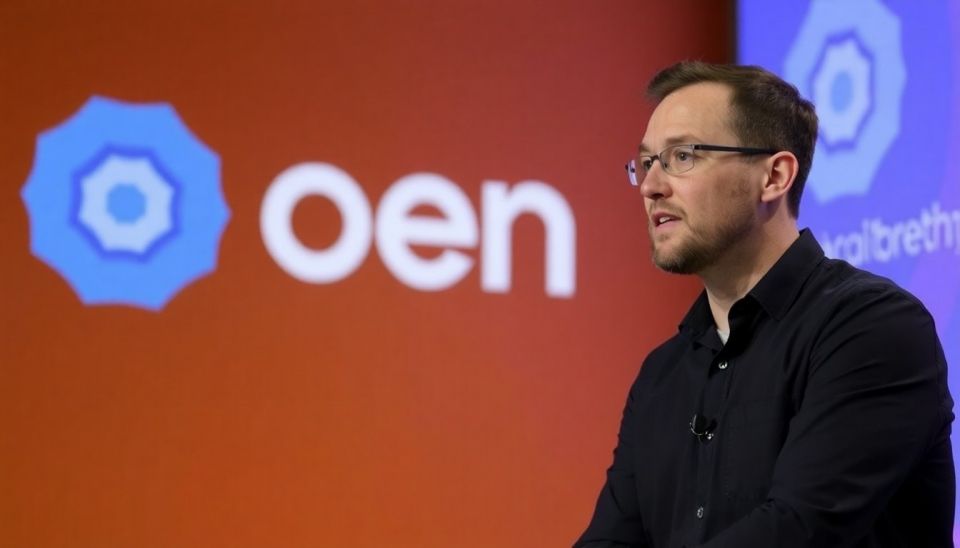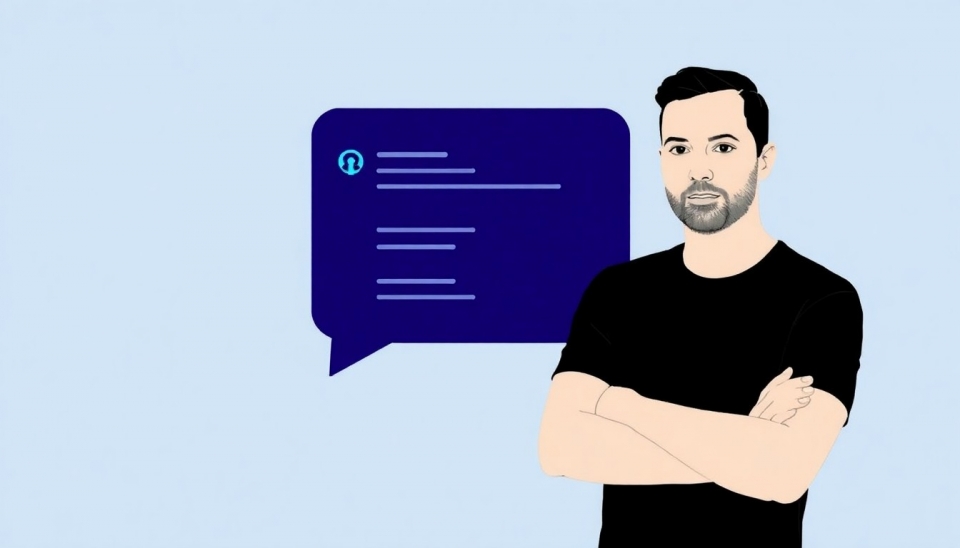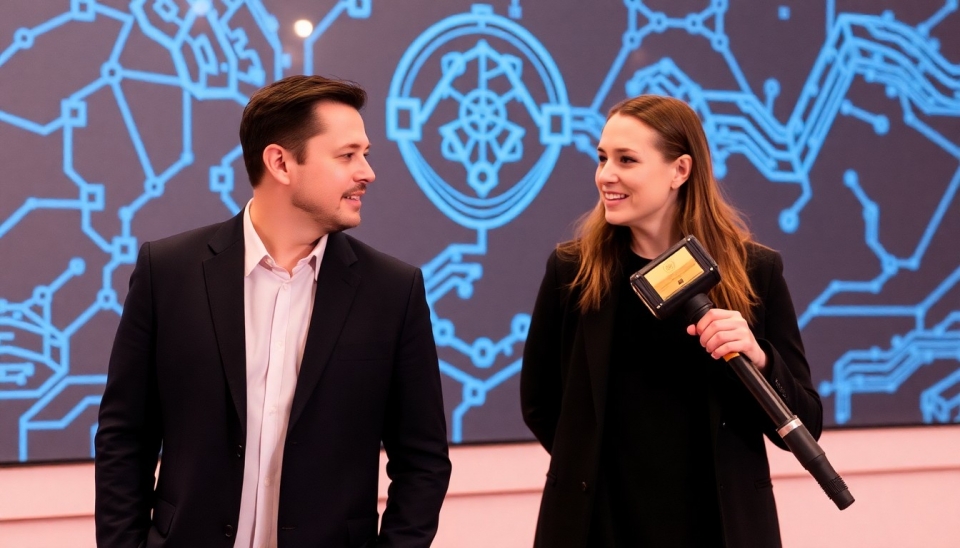
In a significant advancement for artificial intelligence, OpenAI has announced the release of new reasoning models that are tailored specifically for coding and visual tasks. This innovation marks a pivotal moment in the intersection of AI and human-computer interaction, promising to enhance productivity and creativity across various domains.
The newly developed models are engineered to tackle complex reasoning challenges, making them highly efficient in understanding and generating code. This breakthrough is particularly relevant as the demand for automation and intelligent coding solutions continues to rise, with developers seeking tools that not only assist in writing code but also in understanding the nuances of programming logic.
OpenAI’s initiative is rooted in the need for advanced capabilities that exceed the traditional functionalities of existing models. By focusing on reasoning, these new models are designed to provide context-aware outputs, allowing users to engage with the AI in a more intuitive manner. This is expected to significantly reduce the amount of time programmers spend on debugging and troubleshooting, ultimately leading to faster development cycles.
Moreover, the models are not limited to coding tasks; they possess capabilities that extend to visual understanding and processing. This dual functionality opens up new possibilities for applications in fields such as graphic design, data visualization, and even video editing. Users can expect the AI to assist in generating visuals based on specific datasets or requirements, thereby enhancing creative workflows and reducing manual effort.
OpenAI has indicated that these models have been rigorously tested in various environments, ensuring that they perform effectively across different operating conditions. The comprehensive training background of these models incorporates a vast range of coding languages and visual tasks, which has equipped them to handle diverse requests from users of all skill levels.
The release of these advanced reasoning models aligns with OpenAI's mission to democratize access to cutting-edge AI technology. By equipping developers, designers, and other creatives with powerful tools that facilitate their work, OpenAI is fostering an environment of innovation and productivity.
As industries globally continue to adapt to the rapid shifts brought on by technological evolution, the implications of this release are profound. Companies can anticipate utilizing these models for streamlined processes, enhancing both efficiency and efficacy within their operations.
In conclusion, OpenAI's unveiling of these new reasoning models signifies a crucial step forward in leveraging artificial intelligence for real-world applications in coding and visual tasks. As users begin to incorporate these tools into their workflows, the potential for improved outcomes and creative solutions is immense, promising to redefine productivity standards in the tech landscape.
For those interested in staying updated with innovative AI advancements, keep an eye on OpenAI’s developments, as they continue to lead the charge in artificial intelligence evolution.
#OpenAI #ArtificialIntelligence #TechInnovation #Coding #VisualTasks #AIModels #Productivity #Creativity
Author: John Miller




